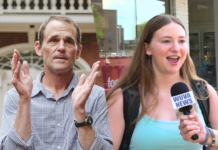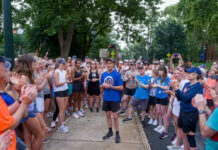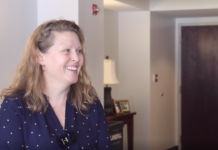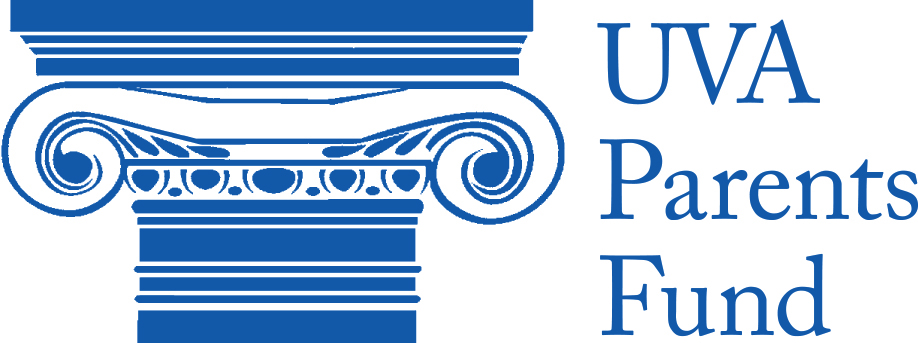Over four years have passed since a weekend of hatred, violence, extremism, and death took over the city of Charlottesville, Virginia. However, over the past five weeks, the United States Courthouse Federal Building has been the scene of a trial for the fatal events that occurred in Charlottesville in 2017. Plaintiffs placed forward that they believed the rally, which turned deadly, to be an unlawful conspiracy that was racially motivated. Defendants who organized the rally argued that they were exercising their First Amendment Rights. The trial concluded on November 19th, 2021.
To recount the events that led up to this trial, it is important to remember the incidents of the “Unite the Right” rally. During the night of August 11th, 2017, a group of mostly young white males paraded through The University of Virginia, holding flaming torches whilst screaming, “Jews will not replace us”. The group marched throughout historic buildings, sites, and statues surrounding the University’s grounds until they crossed paths with UVA students who were counter-protesting. A large and brutal fight broke out between the two groups, spraying chemical weapons, throwing punches, and even torches at one another. Chaos occurred underneath the statue of the founder of the University, Thomas Jefferson.
The following morning, August 12th, 2017, these white supremacists fled to downtown Charlottesville, this time flaunting their nationalist flags, pistols, shields, clubs, and chanting their slogans of racial and antisemitic slurs. During these moments of flashing their weapons, semi-automatic rifles, and utter terror, a Neo-Nazi floored the gas of his car into a crowd of people, taking the life of Heather Heyer (32) and injuring at least 19 other individuals.
In 2018, James Alex Fields was found guilty of murder in the first degree of Heather Heyer, as well as five counts of aggravated malicious wounding, three counts of malicious wounding, and one hit and run count for the injuring of dozens of others with his vehicle. Fields is currently serving 20 years to a lifetime in jail.
However, in recent investigations, plaintiffs now argue that these acts of violence were not just fueled in the moment of the defendant’s actions; rather, these incidents were planned far in advance through groups gathering on social media platforms such as Discord, text messages, in-person meetings, and beyond. The plaintiffs for this trial are utilizing the Klu Klux Klan Act from 1871 to hold members of the premeditated violence accountable for their actions back in 2017.
In an interview with PBS, Amy Spitalnick, who is the executive director of Integrity First For America (the civil rights non-profit organization backing this specific lawsuit), stated that there has been a collected number of 5.3 terabytes worth of digital evidence against the defendants within this case. Spitalnick claims that this lawsuit specifically focuses on holding members accountable within the extremist groups involved, such as the National Socialist Movement (one of the largest Neo-Nazi groups), Identity Europa, League of the South, and certain Klan groups.
Defendants who are members of these organizations and groups claim that they are protected by First Amendment rights. However, the court has made it clear that the first amendment does not protect violence, nor does it protect the evidence of premeditated violence that claims to be found within these online chats between organizations.
This case is complex in its formality, as suing over two dozen white supremacists is not an easy task. Throughout the trial, plaintiffs have made efforts to prove whether or not these groups and organizations had previous plans for violence to occur upon their ride through Charlottesville in 2017. Many of the defendants are refusing to cooperate with this case, or even with their court orders. Online social media companies have de-platformed the named defendants involved in this case from collaborating online together. As the trial proceeded, protestors and supporters of both the plaintiffs and the defendants stood outside of the courthouse in Charlottesville, holding flags and signs as well. More information on this case will be provided covering the proceedings of the trial.
















